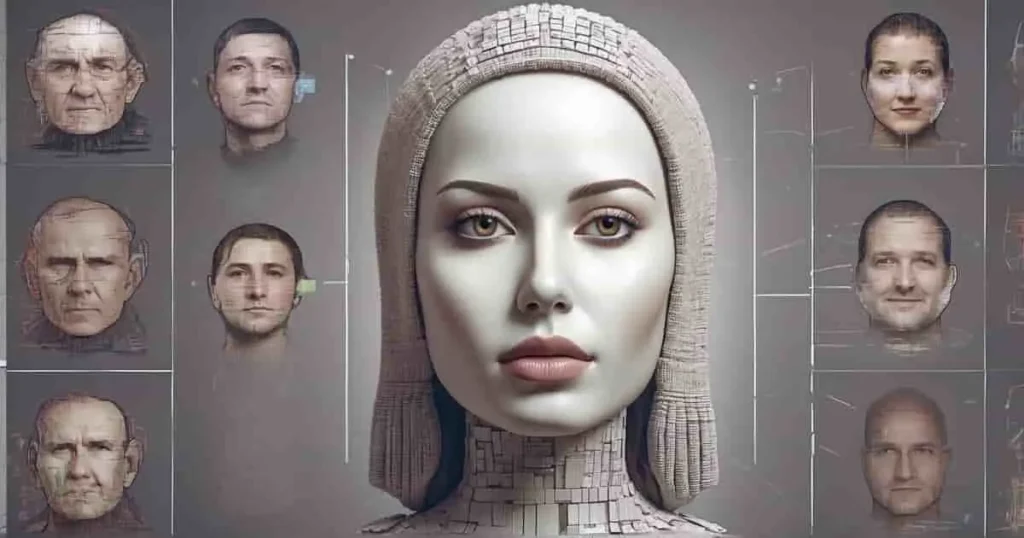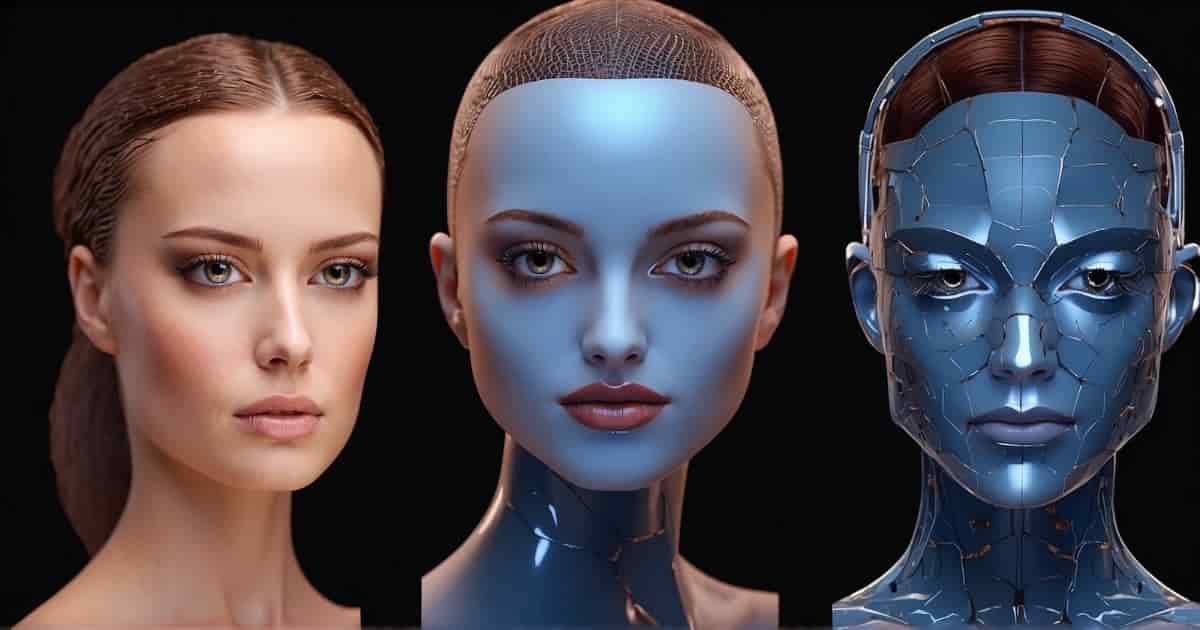Imagine accidentally sending a hilarious meme to your boss instead of your bestie. Now crank that awkwardness to the national stage! Deepfakes, fueled by AI (think “[active threat example of deepfake campaigns using artificial intelligence (ai)]?”), are whipping up fake videos faster than you can say “Uh oh.”
But fear not, web wanderer! We’ll dissect a recent deepfake campaign, showing you how to spot these online tricksters. Get ready to become a social media sleuth!
Key-Points
Deepfakes
A technology that uses Artificial Intelligence (AI) to create hyper-realistic video forgeries. But the laugh lines fade fast when we consider the dark potential of deepfakes.
These same techniques can be used to manufacture fake videos of anyone saying or doing anything. Imagine a politician delivering a scathing attack on their opponent, only to find out later it was a complete fabrication.
A 2021 Deeptrace report: highlights a rise in deepfake attacks targeting CEOs, where fraudsters use deepfaked videos to impersonate executives and authorize fraudulent transactions.
So, the next time you see a video online, take a moment to consider its authenticity. Deepfakes are getting more sophisticated all the time, and it’s becoming increasingly difficult to tell the real from the fake.
But by staying informed and developing a healthy dose of skepticism, we can combat the spread of misinformation and protect ourselves from the potential dangers of deepfakes.
The Engine Behind Deepfake Deception
Ever wondered how those deepfakes manage to look so convincing? It’s all thanks to a branch of artificial intelligence (AI) called machine learning.
Think of machine learning as a super-powered pattern recognizer. By feeding it mountains of real images and videos, Artificial Intelligence can learn the subtle nuances of human faces, body language, and even speech patterns.
Here’s where things get a little sci-fi. Deepfake creators often utilize a specific type of machine learning called Generative Adversarial Networks (GANs).
Imagine two AI programs locked in an epic game of one-upmanship. One program (the generator) tries to create ever more realistic fake videos, while the other (the discriminator) tries to identify the fakes.
This constant battle pushes both programs to improve, resulting in deepfakes that can be eerily close to reality.
So, the next time you see a video online that seems a little too good to be true, remember the invisible AI puppeteer pulling the strings behind the scenes.
Case study
The Broader Threat Landscape:
Deepfakes, those hyper-realistic AI-powered forgeries of video and audio, might conjure images of celebrity scandals or political manipulation. But the truth is, deepfakes pose a much wider threat that can impact everyday professionals like you and me.
Here’s how deepfakes can infiltrate our daily lives:
1. Deepfake Scams Targeting Businesses:
Imagine receiving a seemingly urgent video call from your CEO requesting a large wire transfer. What if it wasn’t your CEO at all, but a deepfake meticulously crafted by a scammer?

“Deepfakes are a growing concern for cybersecurity professionals, with many encountering deepfake-related threats in their work.”
These scams, often targeting accounts payable departments through impersonation of vendors or executives, can result in significant financial losses.
2. Deepfake Harassment
Deepfakes can be used to create damaging and false video or audio content, tarnishing someone’s reputation. A disgruntled ex-employee could use deepfake technology to manufacture compromising videos, impacting an individual’s career or personal life.
3. Cybersecurity Threats and Social Engineering
Deepfakes can bypass traditional security measures that rely on voice or facial recognition. Imagine a fraudster using a deepfake of your voice to trick a customer service representative into revealing sensitive information. The ease of access to deepfake tools is concerning, as some are freely available online.
4. Fake News and Misinformation on Steroids
Deepfakes can supercharge the spread of misinformation. A fabricated video of a political candidate making inflammatory statements could sway public opinion during elections. Experts warn that deepfakes could erode trust in media and public discourse [Source: isaca.org].
5. Political Manipulation
Deepfakes can be used to influence elections or sow discord. A deepfake portraying a political leader acting unethically could sway voters’ decisions.
Have you ever received a suspicious video call or email that seemed out of the ordinary? It’s important to be skeptical of any unsolicited digital content, especially if it seems urgent or involves financial transactions.
what we can do?
There are ways we can combat this threat,
1. Be a Media Skeptic
Don’t believe everything you see online. Ask yourself: Who created this content? Where did it come from? Does it seem too good (or bad) to be true?
2. Become a Source Sleuth
Track down the source of videos and images. A reputable news outlet is more trustworthy than a random social media post.
3. Sharpen Your Critical Thinking Skills
Take some time to learn about deepfakes and how they work. The more you know, the better equipped you are to spot them.
4. Verification Protocols
Implement procedures to verify the identity of anyone communicating on behalf of the organization.
5. Deepfake Response Plans
Develop a plan for how to handle a deepfake attack. This might involve issuing public statements or taking legal action.
Have you ever come across something online that seemed a little “off”? By developing a healthy dose of skepticism and staying informed, we can all be part of the solution.
Conclusion
Deepfakes: they’re like the mischievous prankster of the digital world, but with the potential to cause some real trouble. The good news is, with a little skepticism and some handy tech tools, we can outsmart these AI tricksters. So, the next time you see a video online that seems a bit fishy, don’t be afraid to question it!
Explore the additional resources below for more information.
What is deepfake technology?
Deepfakes are AI-generated videos that can realistically replace a person in existing footage or create entirely new ones. This technology uses machine learning to create convincing forgeries, raising concerns about misinformation and misuse.
Is ‘deepfakes’ the most serious AI crime threat?
Deepfakes, AI-made videos, can insert people into fake scenarios or create entirely new footage. This tech, while creative, can spread misinformation.
What are some examples of misinformation spread through AI “deep fakes” and their potential consequences?
Deepfakes, AI-made videos, can create convincing fakes by replacing people in real footage. This tech, while creative, can spread misinformation.
